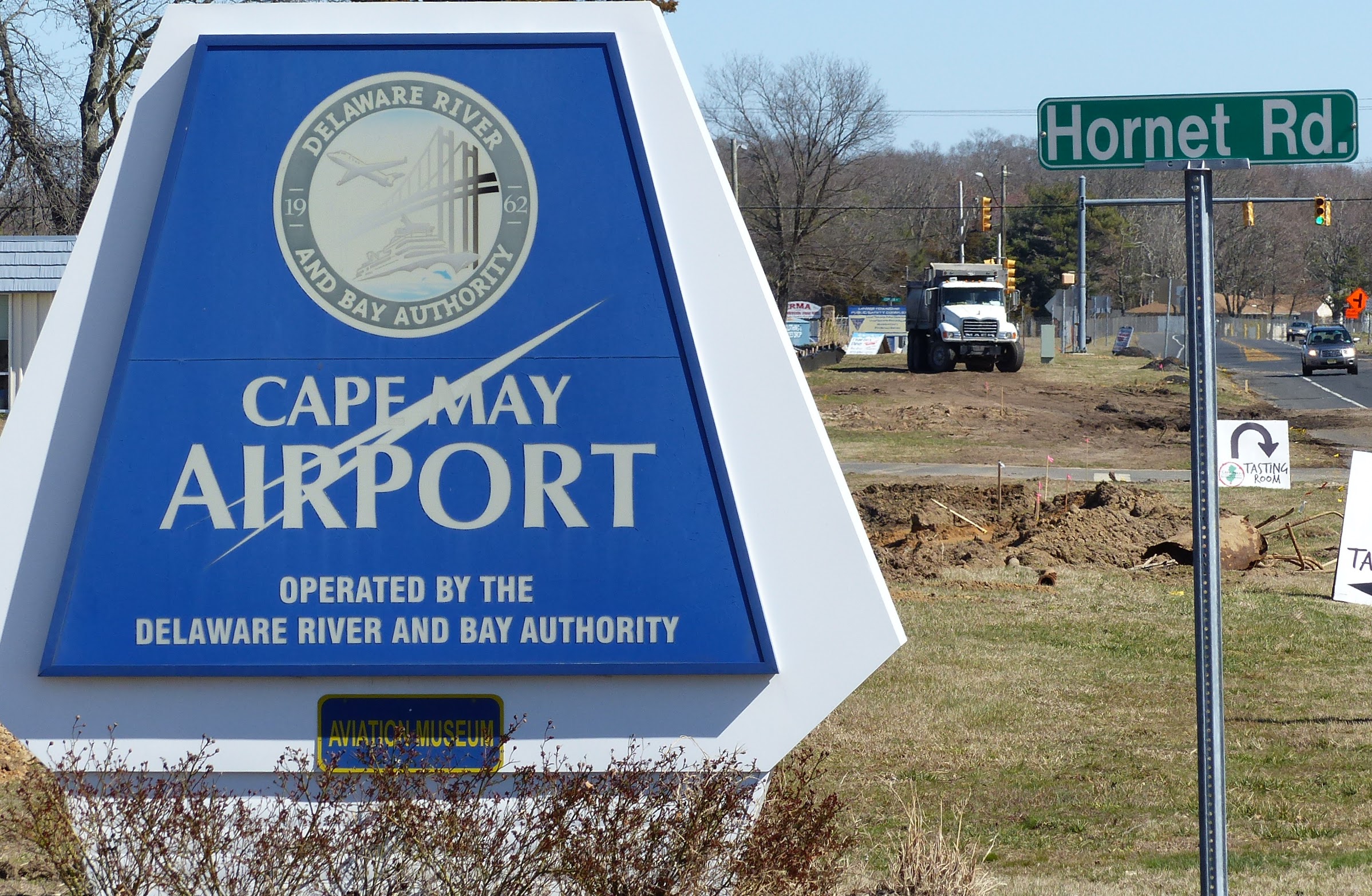To the Editor:
Every few years, New Jersey politicians look for lofty ways to spend our tax dollars. The suggested wind energy located off the N.J. coast will again create the speculative folly that a renewable, emission-free energy will supply three million homes.
Wind turbines, installation, maintenance history, economics, and customer energy savings are never a component of any alternative energy proposal. Every glowing presentation lacks overall lifecycle costs, operation and decommissioning costs, and annual subsidies/grants from the state and federal governments (our taxes).
Will consumer costs/savings be guaranteed for the wind-lease contract? Average offshore turbine costs are robust, requiring higher grade materials and turbines, high labor fabrication including unpredictable weather conditions, management/staffing salaries and benefits, permits, insurance, training, and annual safety inspections/certifications to the annual maintenance of turbines offshore and onshore facilities.
Consider that wind conditions are variable affecting their output that requires the online fossil backup systems to compensate for those variations. Note, when the backup fossil optimum generation level is lowered it creates more CO2 and higher operating costs.
As a matter of fact, the UK recently provided diesel generators to the populace and industry. The several hundred (over 500) North Sea wind turbines were unable to provide consistent supplies.
Germans question their “green, solar/wind alternative energy program” because 330,000 Germans had their electric shut off for non-payment of their unaffordable “free energy” bill. Germany has the second highest energy cost in Europe, 34 cents per kW.
Note, the Germans began decommissioning their nuclear generation. Coal generation installations remain the primary backup producers for the intermittent wind supply.
The glamourous projections of “free, clean power” are renewable and convenient according to the co-author of the recent N.J. Wind Power Report to N.J. Bureau of Public Utilities.
Will there be a published monthly report on real output vs. the rated nameplate output, including the requisite percentage of fossil back-up supply/costs? Will the program publish the monthly delivery of “free energy” and our actual cost per kW?
Present wind energy costs approximately 30 cents per kW. Additionally, wind suppliers receive (our) tax subsidies to maintain that, 10 cents per kW rate.
The N.J. average kW use is approximately 11,000 kW per year. Our present electric rates are one of the highest in the nation. If wind is free and renewable, will electric bills be lower? Don’t forget the 30 percent higher costs being added to people’s (free) savings bill.
Presently, there is no grid fee information by the wind/solar operators but could be applied later to all ratepayers.
Coincidentally, in 2019 those existing lucrative federal incentives may disappear for wind projects, so I expect N.J. subsidy profiteers/politicians will soon begin a full court press, “we need free, clean energy,” before they lose those grant subsidies. Do not look for the wind proposal approval on voting ballots, our “elected representatives will provide your vote.”
N.J. Board of Utilities members are appointed, not elected. It only costs a phone call to one’s assemblyman, if people don’t want 30 percent higher utility bills.








